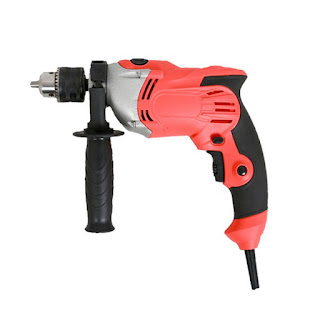How Do Ball Valves Work?
Ball valves have increased in popularity over the last few years, offering excellent solutions to many diverse applications. Ball valves offer ease of use in both the fitting and its maintenance. It is a preferred option, adopted by many Engineers. A ball valve is classed as a quarter-turn shut-off or isolation valve that controls the flow of a liquid or gas by way of a spherical ball with a hole bored through the centre and held into the valve body by two identical seat seals.
Once fitted the valve is turned 90°, the valve opens or closes. When the valve is open the ball's, hole is in line with the flow direction and closes when it is turned 90°by either a manual handle or by actuation. When the valve is open the lever handle should align with the pipe or flow and is perpendicular to the pipe when it is closed. This makes it easy to determine the position status of the valve.
Ball valves usually have a long operating life before maintenance is required (around 50,000 operations). Offered in many materials and seal options, they are more resistant against contaminated media than most other types of valves. Ball valves (as described) should only be used for isolation.
How they work
Ball valves utilise a hollow ball that allows a flow through it when in the open position and isolates when closed. The ball is driven via a spindle that fits into a slot milled into the hollow ball, which in turn is operated by a lever to open and close the ball. The ball valve spindle is encased in the valve body neck and is sealed by a range of neck seals, to prevent leakage, in addition, the ball is sandwiched between two body/ball seats that ensure positive sealing.
Operation
As the ball opens and closes between the seats, they offer a wiping motion and clear suspended particles from the surface of the ball. It must be said that abrasive solids will damage the seats and the surface of the ball which will eventually cause leakage. Solid, stringy and fibrous material may prevent the ball from closing. The most common ball valve design is two way, which enables flow to travel from the inlet to the outlet. Three and four-way ball valves enable flow to travel in multiple directions.
Seats
There are many types of seat material available to suit the requirements of system pressures, temperature, chemical resistance etc. however one of the more interesting is the cavity filled ball valve.
This has a special seat design that encapsulates the ball and the gap between them. This eliminates the possibility of trapping product and build-up over time.
This is commonly used in food, beverage, brewing and other sanitary systems. Standard seated ball valves allow fluid debris to be trapped, causing bug traps in the inner-body cavity.
V-Sector
V port ball valves have instead of a hole in the ball or seat they have a "V" shaped profile or "V" cut out of the ball. As a result of this the required flow can be controlled more precisely. The V shape gives a better linear flow characteristic than a hole and is used on systems that require greater control of flow.
Differences in bores
Full-port ball valves have an internal bore diameter (ID) approximately equal to the pipeline ID, which reduces friction and pressure loss across the valve and eliminates flow restrictions. This type of bore is ideal when pigging may be necessary
Reduced-port ball valves have bores that are one or two nominal sizes smaller, providing a more restricted flow path that are generally used where energy losses are not an issue ie drain or vent valves.
Available in full and reduced ports, ball valves are widely used in the majority of most industries from water treatment to oil and gas industries including most severe service applications.
Applications
Ball valves can be used in many industrial applications. They provide reliable leak-proof protection. Ball valves have low-pressure drop and can be opened and closed quickly. They can be manually operated or actuated by pneumatic or electric quarter-turn actuators. Manufactured in a variety of construction materials, trim options, and designs make ball valves extremely versatile.
We are a ball valve supplier. If you are interested in our products, please contact us now!



评论
发表评论